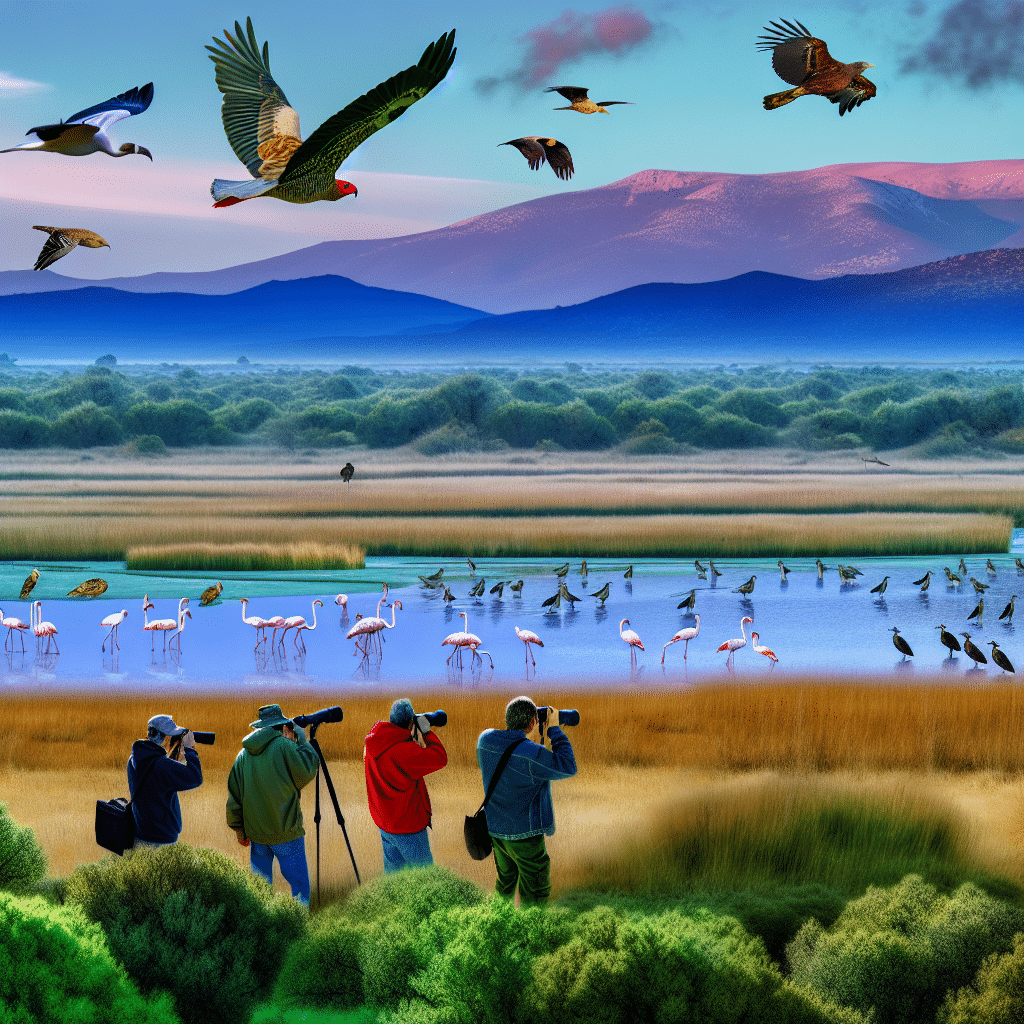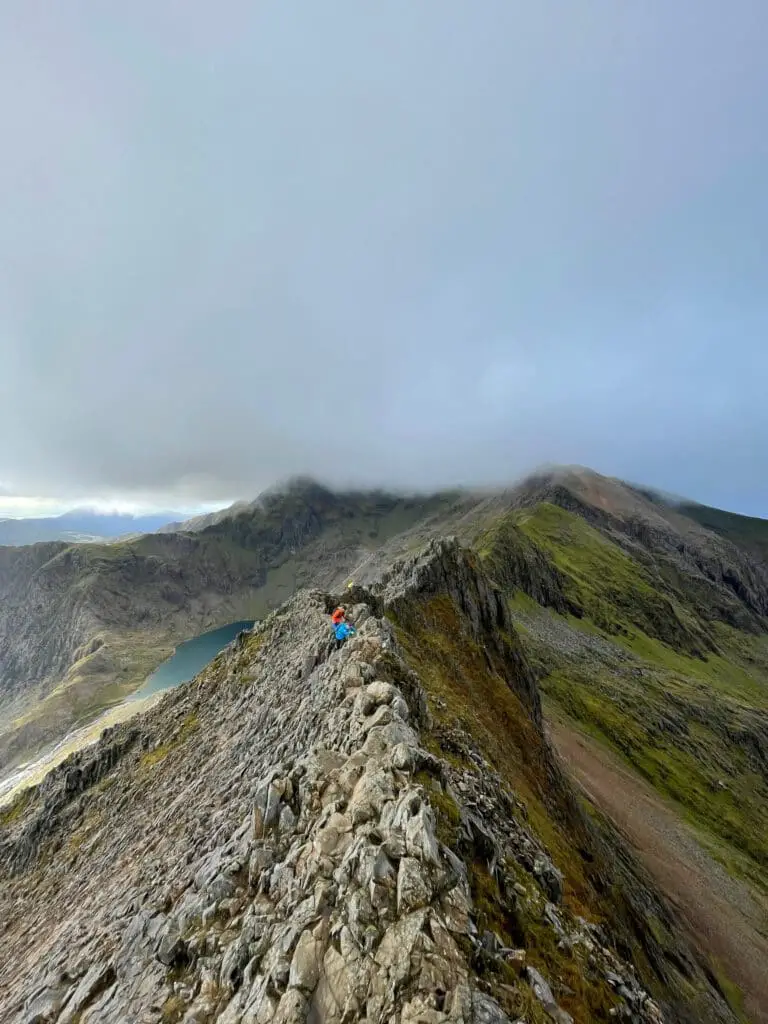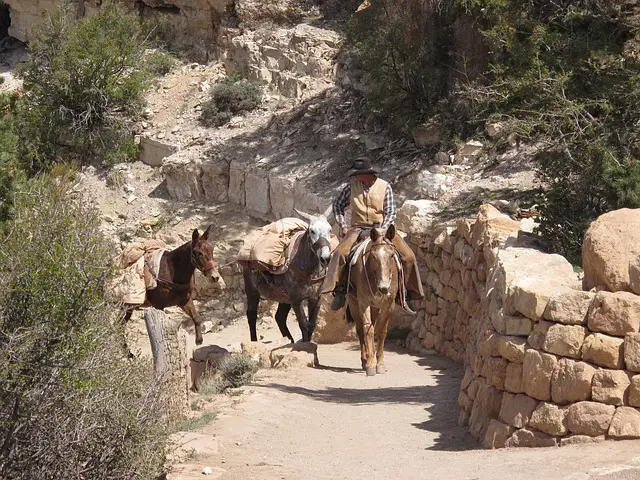For those with a passion for the world of birds, birdwatching in Spain offers an extraordinary experience. The country’s diverse ecosystems, spanning from lush forests and arid plains to mountainous regions and coastal wetlands, provide habitats for a myriad of bird species. Spain’s rich biodiversity is a testament to its varied climate and geographical features, making it a premier destination for birdwatchers from around the globe.

Why is Spain a Birdwatcher’s Paradise?
Spain boasts one of the most extensive networks of protected areas in Europe, which includes numerous national parks, nature reserves, and special areas for bird conservation. This network ensures the preservation of habitats crucial for both resident and migratory bird species. Whether you are a seasoned ornithologist or a casual birdwatcher, Spain has something to offer everyone.
Diverse Habitats and Rich Biodiversity
One of the key factors making birdwatching in Spain so special is its vast array of habitats:
1. **Wetlands:** Spain is home to critical wetlands such as Doñana National Park and the Ebro Delta, which host thousands of waterfowl, waders, and migratory birds.
2. **Forests:** The Pyrenees and the Cantabrian Mountains are rich in forest ecosystems, providing shelter to species like the Black Woodpecker and rare birds of prey.
3. **Highlands:** The plains of La Mancha and Extremadura, with their open landscapes, are ideal for spotting steppe birds like the Great Bustard and Spanish Imperial Eagle.
4. **Coastal Areas:** Coastal cliffs, like those of Cabo de Gata, attract seabirds and are critical for the migration of various species.
What are the Must-Visit Birdwatching Spots in Spain?
While Spain offers innumerable birdwatching locations, some spots are undeniably must-visit for their unique avian population and scenic beauty.
Doñana National Park
Located in Andalusia, Doñana National Park is one of Europe’s most significant wetland areas. It serves as a vital refuge for waterfowl and is home to species such as the endangered Spanish Imperial Eagle and the elusive Iberian Lynx. The park’s diverse habitats, ranging from marshes and lagoons to pine forests and sand dunes, provide an unparalleled birdwatching experience.
Monfragüe National Park
In the heart of Extremadura lies Monfragüe National Park, famous for its dramatic landscapes and rich birdlife. The park is a sanctuary for raptors, including the Griffon Vulture, Egyptian Vulture, and the Spanish Imperial Eagle. Birdwatchers can also enjoy sightings of Black Storks, Golden Eagles, and Azure-winged Magpies.
The Ebro Delta
Catalonia’s Ebro Delta is a birdwatcher’s dream, offering an extensive network of lagoons, rice fields, and coastal dunes. The area is a bustling hub for migratory birds, with species such as Flamingos, Purple Herons, and Audouin’s Gulls making regular appearances. The Ebro Delta is an essential stopover for many waterbirds on their migration routes.
When is the Best Time for Birdwatching in Spain?
Spain’s birdwatching seasons can be categorized broadly into three periods:
Spring (March to May)
Spring is arguably the best time for birdwatching in Spain. The migration season is in full swing, with numerous species arriving from Africa. This period sees a burst of activity with birds in breeding plumage and performing courtship displays. Areas like Doñana and the Ebro Delta are particularly lively, teeming with life and color.
Summer (June to August)
Summer offers opportunities to observe breeding birds and their fledglings. Alpine regions such as the Pyrenees become accessible, providing sightings of high-altitude species like the Lammergeier and Wallcreeper. Coastal areas also remain active with seabird activity.
Autumn and Winter (September to February)
Autumn sees another wave of migration as birds head south for the winter. Wetland areas, such as the Ebro Delta, become critical rest stops. Winter months attract large flocks of waterfowl and birdwatchers can enjoy the sight of wintering species like Cranes in Extremadura. Raptors also dominate the scene, with species like the Golden Eagle and Griffon Vulture patrolling the skies.
How to Prepare for Birdwatching in Spain?
Preparation is key to a fulfilling birdwatching experience in Spain. Here are some essential tips:
1. **Research:** Familiarize yourself with the bird species you can expect to see in different regions and seasons.
2. **Gear:** Invest in good quality binoculars and a reliable field guide. A camera with a good zoom lens can also be invaluable for capturing sightings.
3. **Local Guides:** Hiring a local birdwatching guide can significantly enhance your experience. They can offer insights into bird behavior, the best spots, and viewing times.
4. **Permits:** Some national parks require permits for entry. Check the official websites or local authorities in advance.
5. **Eco-Consciousness:** Respect nature and follow the principles of responsible birdwatching. Avoid disturbing birds, particularly during breeding seasons.
Conclusion
Birdwatching in Spain is a rewarding pursuit that combines the thrill of avian observation with the beauty of the country’s diverse landscapes. From the wetlands of Doñana and the highlands of Monfragüe to the coastal marvels of the Ebro Delta, Spain’s birdwatching hotspots offer unparalleled experiences. Whether you are drawn by the colorful plumage of migratory birds in spring or the majestic raptors in winter, Spain promises an adventure that will leave you in awe of the avian world. So pack your binoculars, grab your field guide, and embark on a birdwatching journey through one of Europe’s premier destinations.



